#Stabilimenti Farina
Photo

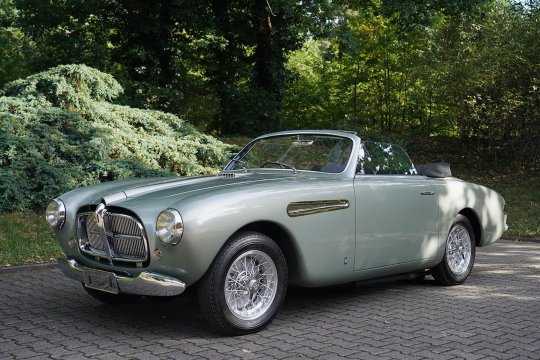
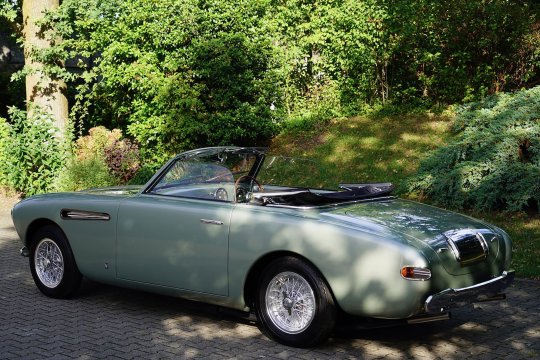
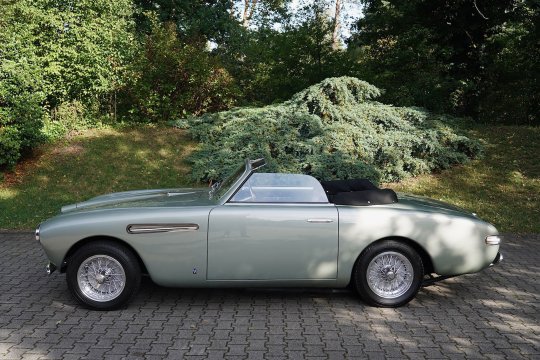






Ferrari 212 Inter Vignale Cabriolet
The Ferrari 212 Inter, has been considered the first successful model within the Ferrari produced in series, since it also did so with a wide variety of bodies: berlinetta, cabriolet and coupé. The 212 Inter incorporated bodies -it did not have a monocoque chassis-, from designers such as Ghia, Pininfarina, Stabilimenti Farina, Touring, Vignale and cabriolet versions from the British Abbott. It also marked the beginning of a long alliance between Ferrari and Pininfarina. On the outside, a long hood to shelter its V12, two large round headlights, its attractive chrome grille and an air intake next to the front fender stood out for any of its bodies. Its engine was the typical V12 of the house, the work of Gioacchino Colombo. With an inclination between benches of 60º and a diameter per stroke of 68×59 mm. It had a total displacement of 2.6 liters, had 24 valves in total and was placed in the longitudinal front position, just behind the front axle. The feeding was through a Weber 36 DCF double body carburettor, with the option of a kit of three carburettors for the most burned. The final power was between 130 and 150 CV at 6,500 revs for the configuration of a single carburetor, reaching 165 CV with the triple, being able to speed up the tachometer up to 6,900 revs in both cases.
Power was transmitted to the rear axle through a fully synchronized five-speed manual gearbox. As for its brake equipment, it mounted ancient and unsportsmanlike drum brakes on both axles inside some beautiful 15-inch-diameter spoked wheels and 175-millimeter-wide tires. The 212 Inter would be replaced just a year after its birth with fewer than 90 units built for the 250.
#Ferrari 212 Inter Vignale Cabriolet#Ghia#Pininfarina#Stabilimenti Farina#Touring#Vignale#Abbott#Gioacchino Colombo#250
108 notes
·
View notes
Text
La dolce vita: 1951 Fiat 1400 Coupé by Farina
This car still retains its original ‘Roma’ black license plate, so it is highly plausible that it has lived in the Eternal City from when it was new.
Therefore, it has witnessed everything: if we want to use definitions linked to the cinema (Rome has been one of the main centers of world film production since the end of the Second World War), it lived the era of Neorealism through the ’60s of La…
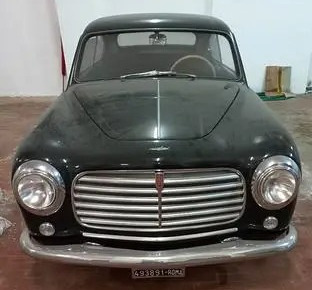
View On WordPress
7 notes
·
View notes
Photo

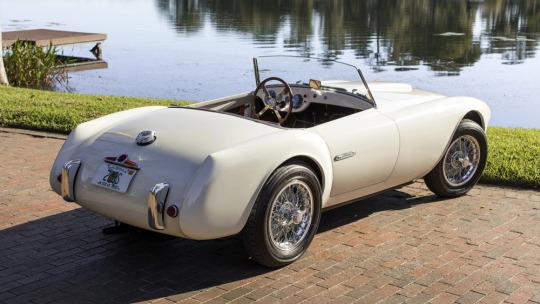


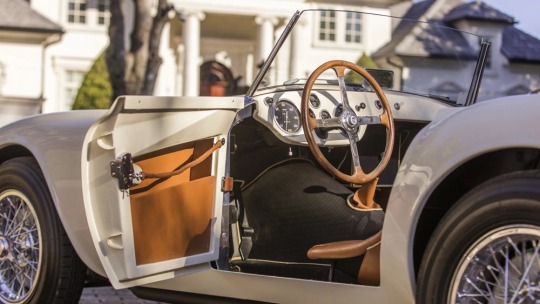
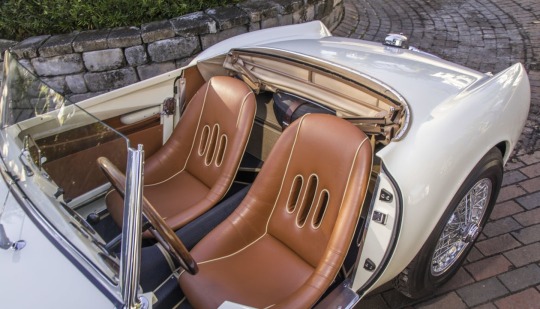
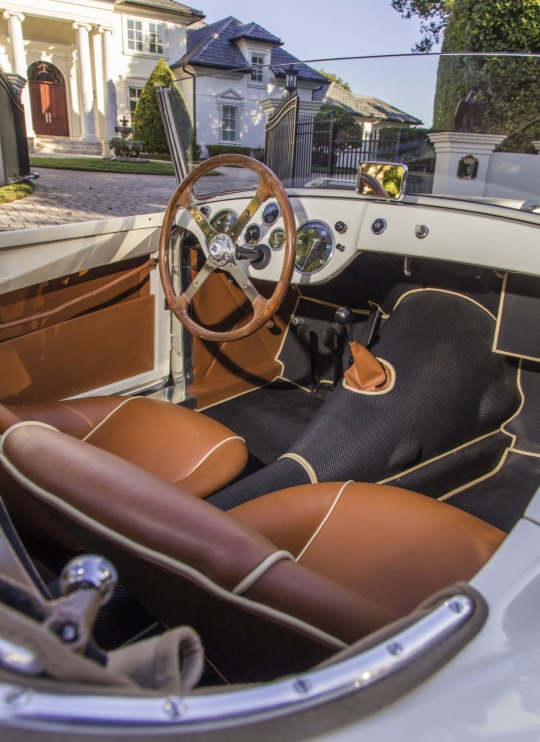
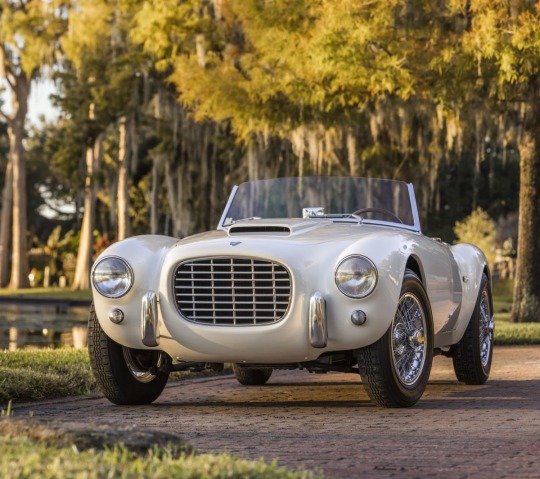


1953 Siata 208S Spider
Siata is an acronym for Società Italiana Auto Trasformazione Accessori, the Turin-based firm founded in 1926 by Giorgio Ambrosini, and which ceased production in 1970.
Much like Abarth, Siata developed its business by manufacturing performance parts for Fiat, gaining greater exposure after World War II as motorsport came back to the fore in Europe and the Americas. As 750 cc-powered race cars grew in displacement, Siata-modified vehicles gained prominence and the attention of stateside racers like Briggs Cunningham and Ernie McAfee. The latter was a Los Angeles–based importer who drove one of the first Siata-enhanced examples in the 1953 Carrera Panamericana race.
Fiat, meanwhile, had developed a 2.0-liter V-8 engine for its luxury sports car, the Otto Vu. While only 49 examples of that model were constructed, there remained additional Fiat V-8 engines that were acquired by Siata to power its new 208S Spider, unveiled in 1952. Only 33 examples were bodied by Carrozzeria Rocca Motta, of Turin, from 1953 to 1955. The car was not only powerful for its day, but supremely beautiful.
Designed by Giovanni Michelotti, these perfectly proportioned roadsters defined the iconic look of the era’s rugged sports cars. Equally stunning was the 208 CS, a coupe version of which only 18 were made, 11 bodied by Balbo and seven by Stabilimenti Farina. Topped with twin Weber carburetors and tuned by Siata, Fiat’s 2.0-liter OHV alloy V-8 engine develops more than 125 hp at 6,000 rpm, which is good enough to give the car a top speed of nearly 125 mph.
#art#design#sportcars#sportcar#luxurycars#luxurycar#vintagecars#vintagecar#siata#fiat#italy#giorgio ambrosini#spider#1953#giovanni michelotti#roadster#208 CS#siata 208 CS
1K notes
·
View notes
Text
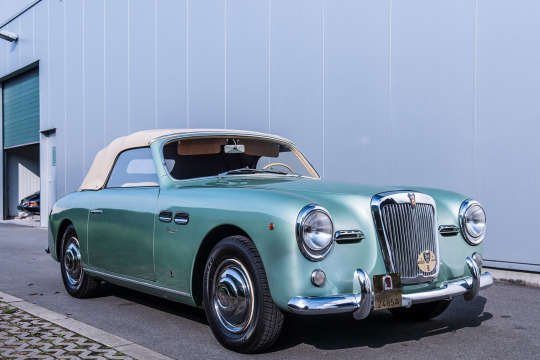
SIATA DAINA Convertibile
Stabilimenti Farina
17 notes
·
View notes
Text
Davvero la focaccia a Varigotti ha toccato i trenta euro al chilo? E una frisella a Gallipoli viene spacciata a venti? E dov'è che a Ponza una pasta al sugo è proposta a 25?
Il giornalismo d'inchiesta quest'anno è scatenato alla ricerca di prezzi limite, quelli che possono valere un'ora di apertura del sito e una paginata interna del cartaceo, con i commenti della Parietti e di Al Bano.
Così i segugi delle grandi testate battono gli stabilimenti balneari di Amalfi, le panetterie di Viareggio, le pescherie di Caorle: vince chi trova lo scontrino più alto. Se poi ci sono dentro anche i famosi due euro per tagliare il toast a metà, è un vero scoop, un Gronchi rosa.
L'estate scorsa si andava a caccia di albergatori che non trovavano personale per colpa del reddito di cittadinanza (ve l'eravate già dimenticato eh?), nel 2023 invece è il turno dell'aneddotica sui prezzi pazzi in vacanza: un panzerotto a dieci euro può valere anche una promozione a caposervizio, al ritorno.
Si sa, il giornalismo funziona così, per ondate di hype (oddio, “funziona” è una parola grossa: diciamo che ci prova).
Del resto chi ha voglia di leggere dell'ennesima strage di migranti, così uguale a tutte le altre?
Chi ancora studia le mappe dell'Ucraina orientale per capire quanti campi di patate sono stati sanguinosamente conquistati dall'una o dall'altra parte?
E chi davvero arriva fino in fondo alle articolesse di Ezio Mauro su Mussolini nel 1943?
La rassegna stampa proseguirà con questo frizzante pullulare di cifre comiche ancora per una decina di giorni, quindi il tormentone si spegnerà lentamente dopo Ferragosto, com'è normale.
Poi, a settembre, chi è tornato dalle spiagge e chi non c'è mai andato smetterà di divertirsi così e si divertirà ancor meno facendo la sua solita banale spesa al supermercato sotto casa, dove l'inflazione non è aneddotica lunare ma i consueti venti o trenta centesimi in più su latte, uova, farina e via campando.
Robe che non fanno assolutamente apertura di sito, né valgono il parere della Parietti, e che quindi nessuna testata si fila minimamente.
Però, per fortuna, intanto riparte il campionato.
Alessandro Gilioli, Facebook
24 notes
·
View notes
Text
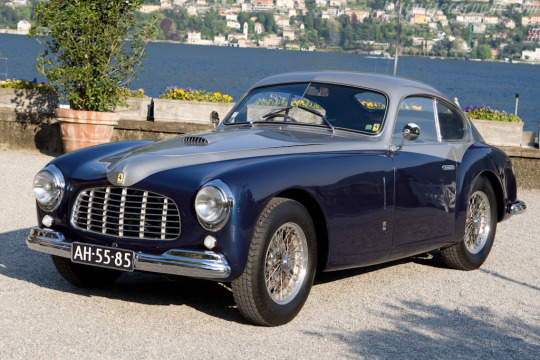

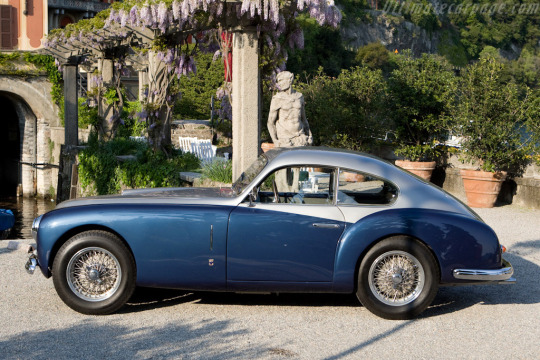
1949 Ferrari 166 Inter by Stabilimenti Farina.
14 notes
·
View notes
Photo
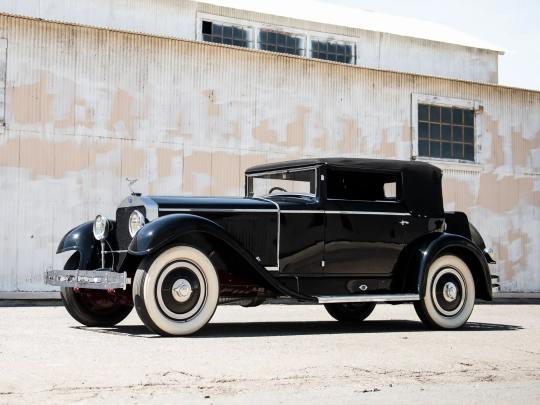

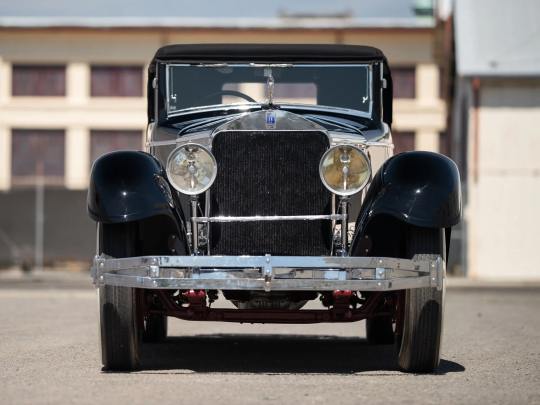
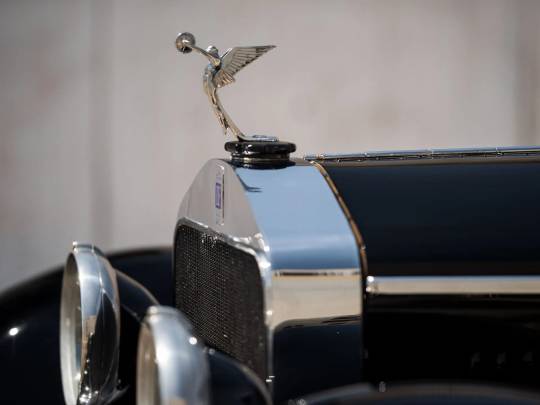
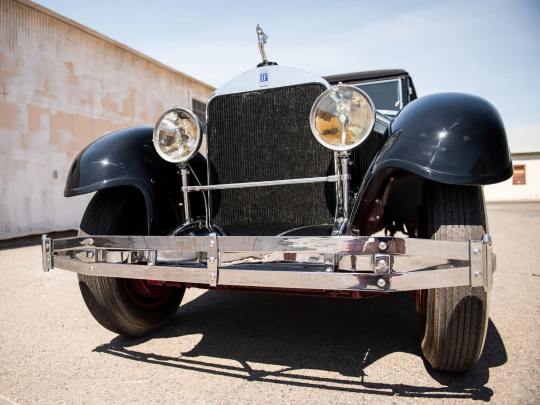
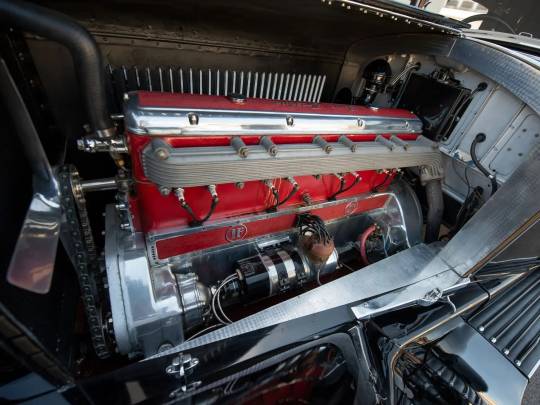
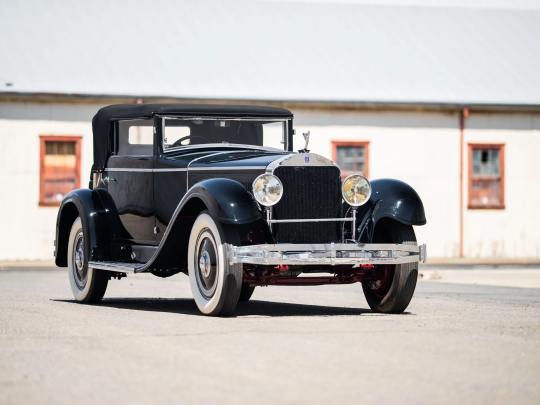
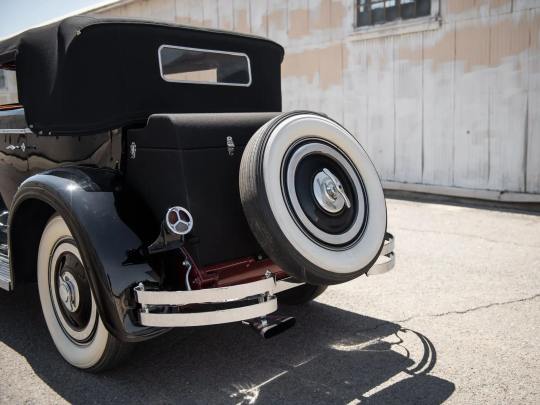

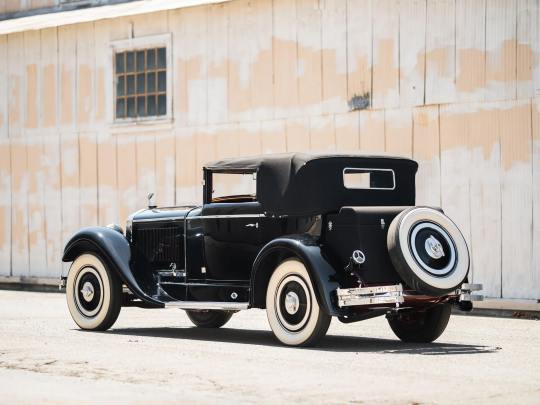
Isotta Fraschini Tipo 8A Cabriolet by Stabilimenti Farina 1929. - source RM Sotheby's.
125 notes
·
View notes
Photo

1951 Siata Daina Gran Sport Stabilimenti Farina
17 notes
·
View notes
Photo

1953 Siata 208S Spider Siata is an acronym for Società Italiana Auto Trasformazione Accessori, the Turin-based firm founded in 1926 by Giorgio Ambrosini, and which ceased production in 1970. Much like Abarth, Siata developed its business by manufacturing performance parts for Fiat, gaining greater exposure after World War II as motorsport came back to the fore in Europe and the Americas. As 750 cc-powered race cars grew in displacement, Siata-modified vehicles gained prominence and the attention of stateside racers like Briggs Cunningham and Ernie McAfee. The latter was a Los Angeles–based importer who drove one of the first Siata-enhanced examples in the 1953 Carrera Panamericana race. Fiat, meanwhile, had developed a 2.0-liter V-8 engine for its luxury sports car, the Otto Vu. While only 49 examples of that model were constructed, there remained additional Fiat V-8 engines that were acquired by Siata to power its new 208S Spider, unveiled in 1952. Only 33 examples were bodied by Carrozzeria Rocca Motta, of Turin, from 1953 to 1955. The car was not only powerful for its day, but supremely beautiful.Designed by Giovanni Michelotti, these perfectly proportioned roadsters defined the iconic look of the era’s rugged sports cars. Equally stunning was the 208 CS, a coupe version of which only 18 were made, 11 bodied by Balbo and seven by Stabilimenti Farina. Topped with twin Weber carburetors and tuned by Siata, Fiat’s 2.0-liter OHV alloy V-8 engine develops more than 125 hp at 6,000 rpm, which is good enough to give the car a top speed of nearly 125 mph.
#art#design#sportcars#sportcar#luxurycars#luxurycar#vintagecars#vintagecar#siata#fiat#italy#giorgio ambrosini#spider#1953#giovanni michelotti#roadster#208 CS#siata 208 CS
5 notes
·
View notes
Photo

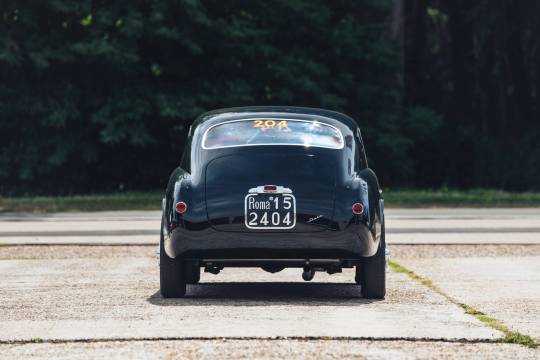
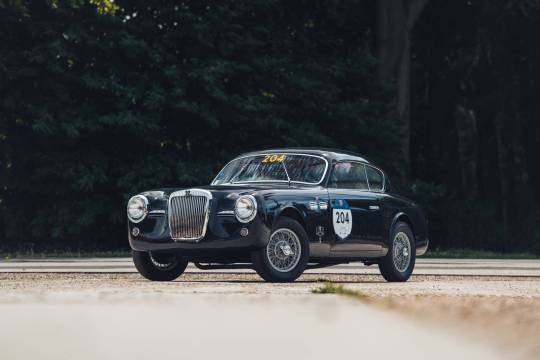

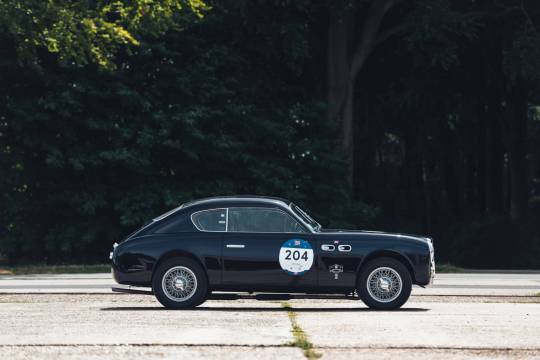
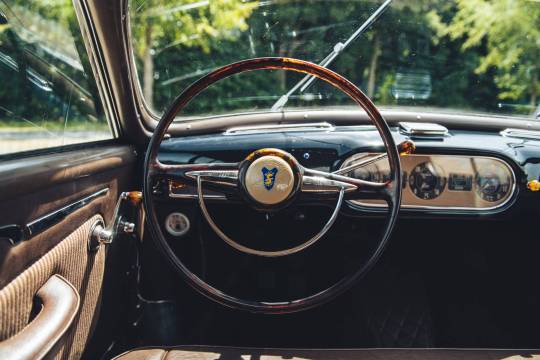
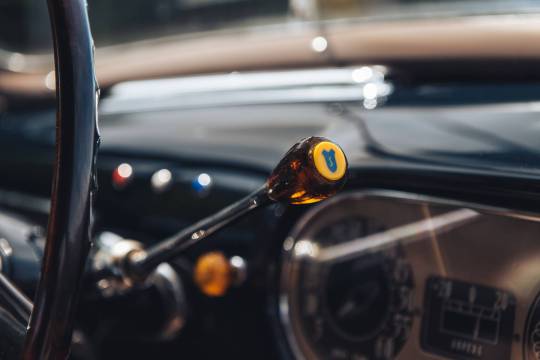
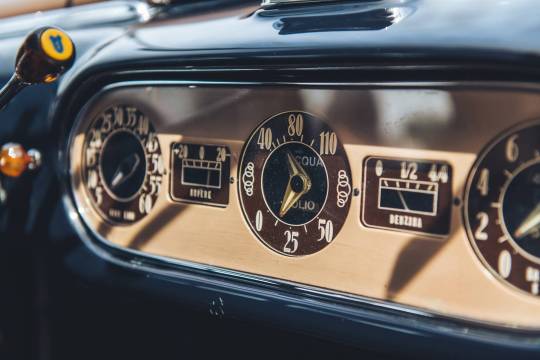
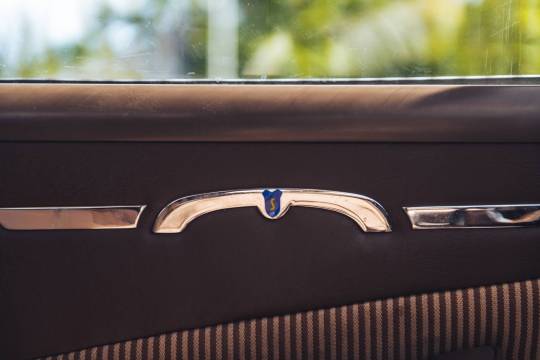
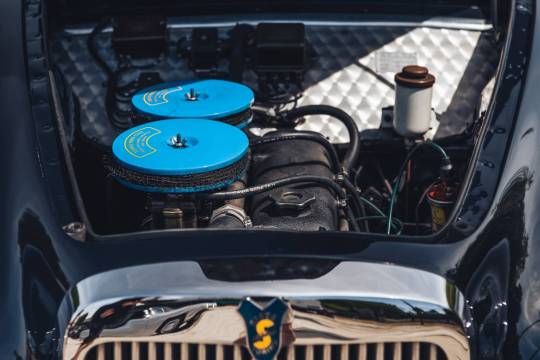
Siata Daina Sport Stabilimenti Farina
SIATA (Società Italiana Applicazioni Tecniche Auto-Aviatorie) was an Italian automobile company that operated from 1926 to 1970. The company specialised in the production of sports cars and racing cars and was based in Turin, Italy.Founded by Giorgio Ambrosini and Sandro Mazzini, SIATA began as a small company engaged in the production of accessories and parts for aircraft engines. Later, the company shifted its focus to car production and started building sports cars.In the 1940s and 1950s, SIATA was a popular choice for racing teams and private owners looking for high-quality sports cars. The company also produced some very rare and unique cars, such as the 1953 SIATA 208S, known as one of the most valuable and sought-after cars among collectors.In 1951, SIATA introduced the Daina Sport, a sports car with bodywork built by the famous coachbuilder Stabilimenti Farina. The Daina Sport was based on the chassis of the Fiat 1400 and was powered by a 1.5-litre engine developed by SIATA. It was a beautifully designed car with streamlined bodywork and striking chrome details.The SIATA Daina Sport was intended to be a luxury and high-performance sports car that could beat rivals like Ferrari and Maserati. The car was used successfully in races and rallies, winning several awards, including the 12 Hours of Sebring in 1952.The car was ordered in 1951 by Bruno Ferrari, who had the car built specifically to participate in the legendary Mille Miglia in 1952.
#Siata Daina Sport Stabilimenti Farina#Giorgio Ambrosini#Sandro Mazzini#Fiat 1400#Ferrari#Maserati#Bruno Ferrari#Mille Miglia
45 notes
·
View notes
Text
One-off: 1950 Lancia Aurelia B10 by Farina
When we say the word “rare”, we are certainly not referring to this car which, in fact, is unique.
It is a one-off commissioned in 1950 to Stabilimenti Farina, the same ones who, together with Vignale (the latter in the last period), built the Cisitalia 202: the resemblance is there and it can be clearly seen (also with some very early Ferrari), but it does not detract from the charm of this car…

View On WordPress
6 notes
·
View notes
Text
I grandi marchi: Il Quadrifoglio dell’Alfa Romeo

Un simbolo che è diventato parte di un marchio leggendario dell’automobilismo italiano…
Il 15 aprile 1923, tra le strette e tortuose vie che percorrono la catena montuosa delle Madonie, in Sicilia, si stava disputando la quindicesima edizione della leggendaria Targa Florio, considerata la competizione automobilistica più prestigiosa del mondo, e stava facendovi il suo atteso debutto la nuova auto da corsa dell’Alfa Romeo.
La giovane casa automobilistica milanese presentò alla gara ben quattro RL Targa Florio, progettate dall’ingegnere Giuseppe Merosi e guidate dai piloti Giulio Masetti, Ugo Sivocci, Antonio Ascari ed Enzo Ferrari.
Per scacciare la sfortuna che aleggia da anni sulla casa milanese Sivocci, a cui gli organizzatori della targa Florio consegnarono il numero di gara 13, decise di dipingere un quadrifoglio sulla sua Alfa, incorniciato da un quadrato bianco.
Quel simbolo portò fortuna a Sivocci, che chiuse la corsa al primo posto e fu un risultato storico, il primo rilevante nella storia del brand milanese, impreziosito dal secondo posto di Antonio Ascari.
La gioia per la vittoria della targa Florio fu poi oscurata dalla morte di Sivocci cinque mesi dopo, l’8 settembre, durante le prove del primo Gran Premio d’Europa sul circuito di Monza, a pochi chilometri dagli stabilimenti dell’Alfa Romeo ad Arese.
A partire dalla stagione 1924, la carrozzeria di tutte le Alfa Romeo da corsa venne decorata con il quadrifoglio verde, come omaggio a Sivocci e il quadrato bianco sostituito da un triangolo, simbolo della sua assenza.
Negli anni successivi Alfa Romeo ebbe una serie straordinaria di successi, tra cui la vittoria dei primi due campionati del mondo di Formula, nel 1950 e nel 1951, grazie al talento di piloti come Nino Farina e Juan Manuel Fangio.
Il successo conseguito nelle corse spinse Alfa Romeo ad aprire nello stabilimento di Arese un reparto speciale dedicato all’elaborazione delle vetture e il primo modello ad avere l’onore di indossare il quadrifoglio di Sivocci fu la Giulia TI Super, presentata per la prima volta nel 1963.
Ma il culmine della creatività degli ingegneri Alfa fu la 33 Stradale del 1967, creata dal genio del designer Francesco Scaglione e presentata a Monza durante il 38° Gran Premio d’Italia.
Le ultime 33 Stradale battute all’asta sono state vendita per 10 milioni di euro e il fascino di questa supercar fu riportato 40 anni dopo nella 8C Competizione, l’erede spirituale della vettura del 1967.
Oggi il quadrifoglio in grado di rendere il brand Alfa Romeo conosciuto in tutto il mondo compara sulle fiancate anteriori dei principali modelli prodotti dalla casa automobilistica meneghina, tra cui una berlina e di un Suv Crossover, rispettivamente la Giulia e lo Stelvio.
Read the full article
0 notes
Photo
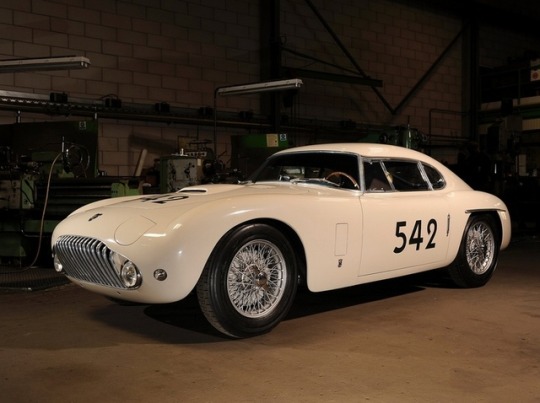
Siata 208 CS Stabilimenti Farina Berlinetta
89 notes
·
View notes
Text
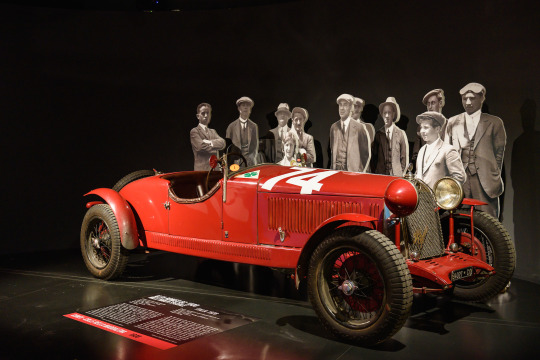
Those magnificent men on the virgin roads

"Nuvolari, Varzi, Campari and other heroes at Cuneo - Colle della Maddalena hillclimb"
or:
at MAUTO, Turin, Italy; photos © Giuliano Berti
#Alfa Romeo 6C 1500 Mille Miglia Speciale spider Stabilimenti Farina 1928#Alfa Romeo 6C#Bugatti Tipo 35 A 1925#1500#Bugatti#1930s#old car#vintage car#italian cars#hypercar#6C 1500#virgin roads#Turin#MAUTO#museum#b/w#black and white#mille miglia#spider#special#super#heroes#driver#vintage racing#alfa romeo racing#bugatti racing#formula 1#f1#lovely#wonderful
22 notes
·
View notes
Text


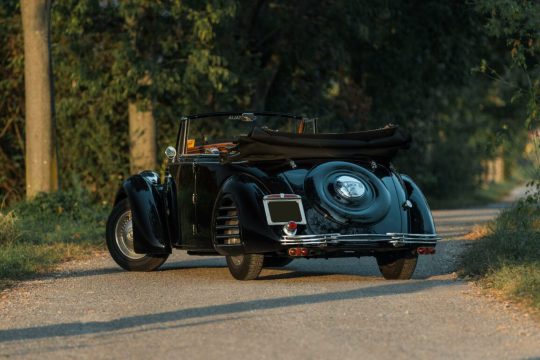
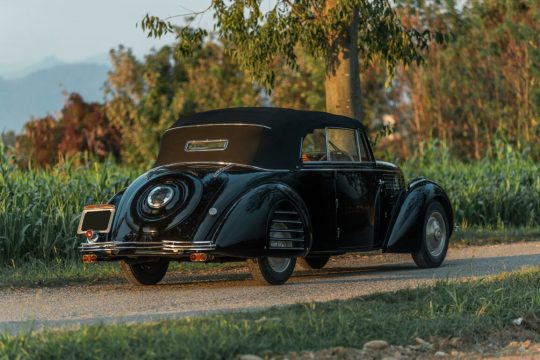
1937 Lancia Aprilia Cabriolet
Coachwork by Carrozzeria Stabilimenti Farina
11 notes
·
View notes
